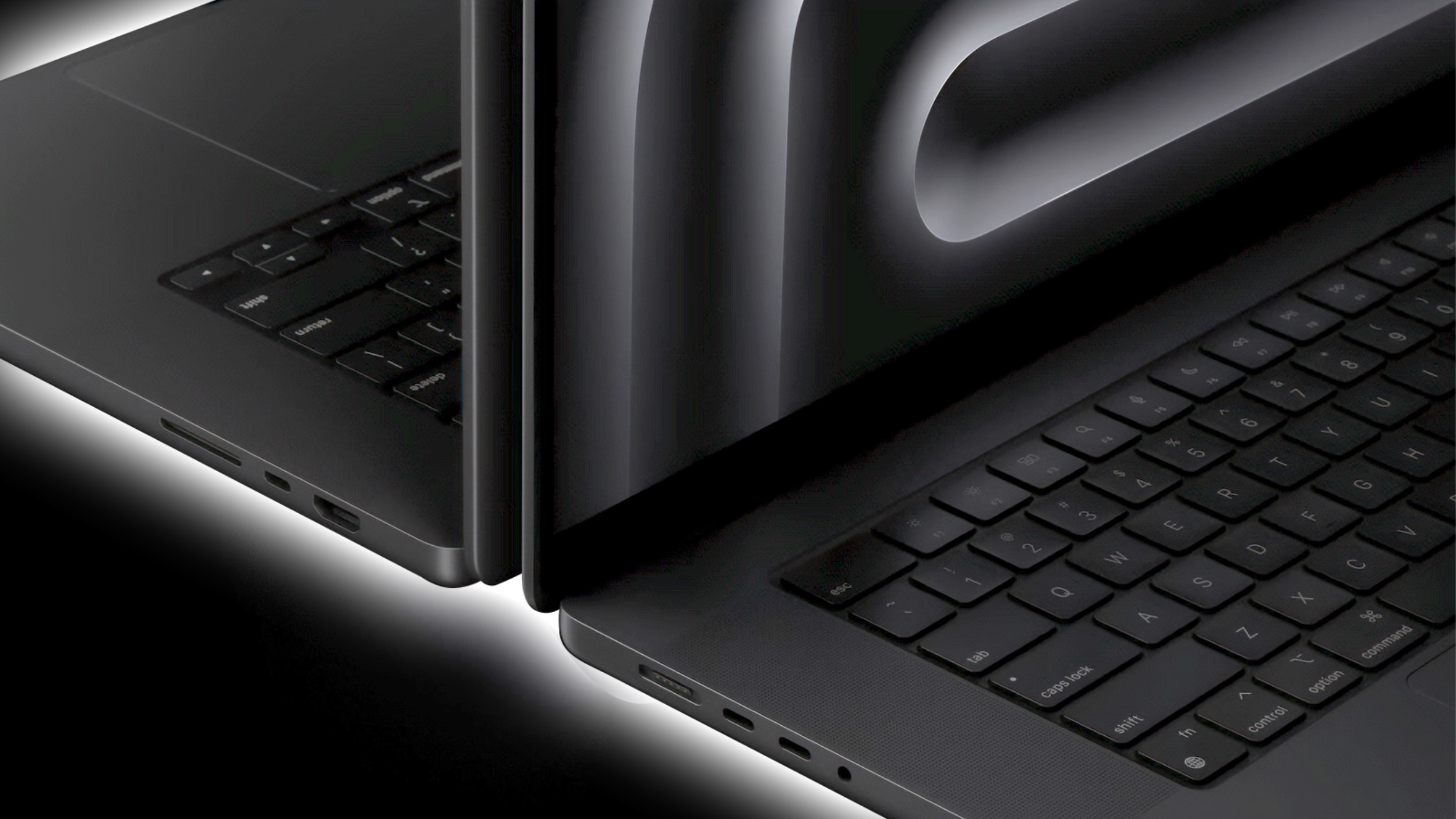
Apple is "highly likely" to introduce new MacBook Pros featuring OLED displays in 2026, market research firm Omdia claims.

According to Omdia's Display long-term demand forecast tracker, demand for OLED displays in mobile devices is projected to grow by 37 percent from 2023 to 2031. This substantial growth reflects a significant shift as many tech companies, including Apple, are increasingly incorporating OLED panels into their high-end notebooks and tablets. Ricky Park, Senior Principal Analyst in Omdia's Display research practice, said:
Apple is highly likely to incorporate OLED into its MacBook Pro models as early as 2026. This move could spark a significant surge in OLED demand within the notebook market, potentially reaching over 60 million units by 2031.
OLED panels can individually control each pixel, resulting in more precise color reproduction and deeper blacks compared to other common display technologies. They also provide superior contrast, faster response times, better viewing angles, and greater design flexibility.
Apple's move to offer OLED displays on the iPad Pro for the first time is projected to triple demand for OLED tablets in 2024 compared to the previous year. The company is expected to bring OLED display technology to most of its tablet lineup, including the iPad mini and iPad Air. This decision is expected to influence competitors' OLED adoption strategies and drive tablet OLED demand to exceed 30 million units by 2029.
A report from last week claimed that Samsung has started developing a new 8-inch OLED display panel for the iPad mini. The same report predicted that Apple would update the iPad mini and iPad Air with OLED technology in 2026. Last year, Samsung was rumored to be investing $3.14 billion into its facility in Asan, South Korea to produce OLED panels for upcoming 14-inch and 16-inch MacBook Pro models with OLED displays.
Article Link: OLED MacBook Pro Could Launch as Soon as 2026

